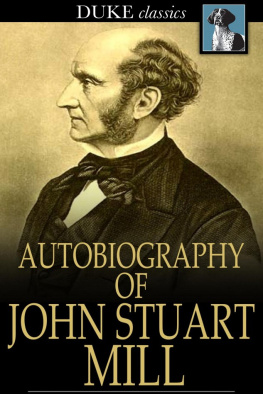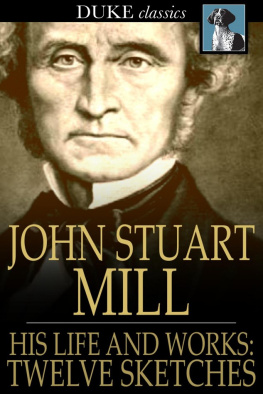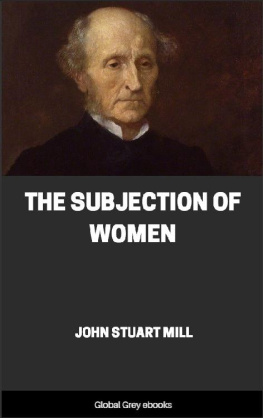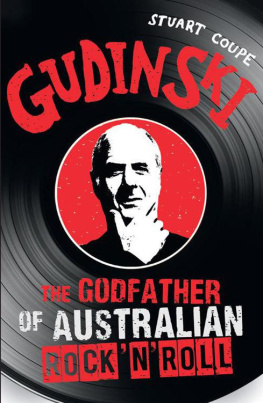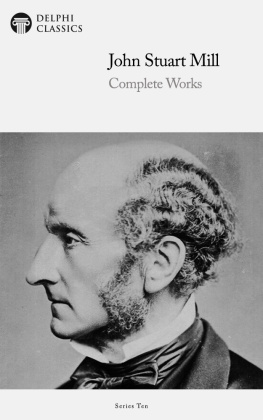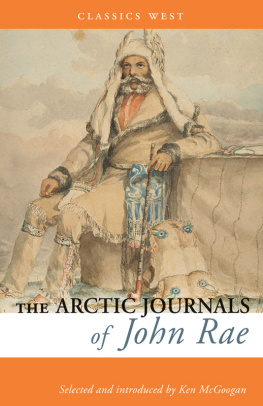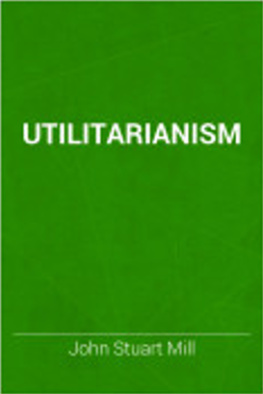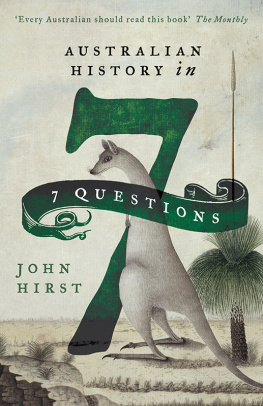EXPLORATIONS IN AUSTRALIA.
THE JOURNALS
OF
JOHN McDOUALL STUART
DURING THE YEARS
1858, 1859, 1860, 1861, and 1862,
WHEN HE FIXED THE CENTRE OF THE CONTINENT AND SUCCESSFULLY CROSSED IT FROM SEA TO SEA.
EDITED FROM MR. STUART'S MANUSCRIPT BY WILLIAM HARDMAN, M.A., F.R.G.S., etc.
With Maps, a Photographic Portrait of Mr. Stuart, and twelve Engravings drawn on wood by George French Angas, from Sketches taken during the different expeditions.
(SANS CHANGER. S.O. AND CO.)
SECOND EDITION.
LONDON:
SAUNDERS, OTLEY, AND CO.,
66, BROOK STREET, W.
1865.
PORTRAIT OF JOHN MACDOUALL STUART. Adelaide, April 1863. Professor Hall. Photograph.
ADVERTISEMENT TO THE SECOND EDITION.
Since the first edition of this work was published Mr. Stuart has arrived in England, and at a recent meeting of the Geographical Society he announced that, taking advantage of his privilege as a discoverer, he had christened the rich tract of country which he has opened up to the South Australians Alexandra Land.
December 1st, 1864.
PREFACE BY THE EDITOR.
The explorations of Mr. John McDouall Stuart may truly be said, without disparaging his brother explorers, to be amongst the most important in the history of Australian discovery. In 1844 he gained his first experiences under the guidance of that distinguished explorer, Captain Sturt, whose expedition he accompanied in the capacity of draughtsman. Leaving Lake Torrens on the left, Captain Sturt and his party passed up the Murray and the Darling, until finding that the latter would carry him too far from the northern course, which was the one he had marked out for himself, he turned up a small tributary known to the natives as the Williorara. The water of this stream failing him, he pushed on over a barren tract, until he suddenly came upon a fruitful and well-watered spot, which he named the Rocky Glen. In this picturesque glen they were detained for six months, during which time no rain fell. The heat of the sun was so intense that every screw in their boxes was drawn, and all horn handles and combs split into fine laminae. The lead dropped from their pencils, their finger-nails became as brittle as glass, and their hair, and the wool on their sheep, ceased to grow. Scurvy attacked them all, and Mr. Poole, the second in command, died. In order to avoid the scorching rays of the sun, they had excavated an underground chamber, to which they retired during the heat of the day.
When the long-expected rain fell, they pushed on for fifty miles to another suitable halting-place, which was called Park Depot. From this depot Captain Sturt made two attempts to reach the Centre of the continent. He started, accompanied by four of his party, advancing over a country which resembled an ocean whose mighty billows, fifty or sixty feet high, had become suddenly hardened into long parallel ridges of solid sand. The abrupt termination of this was succeeded at two hundred miles by what is now so well known as Sturt's Stony Desert, to which frequent allusion is made by Mr. Stuart in his journals. After thirty miles more, this stony desert ceased with equal abruptness, and was followed by a vast plain of dried mud, which Captain Sturt describes as "a boundless ploughed field, on which floods had settled and subsided." After advancing two hundred miles beyond the Stony Desert, and to within one hundred and fifty miles of the Centre of the continent, they were compelled to return to Park Depot, where they arrived in a most exhausted condition.
A short rest at the Depot was followed by another expedition, Captain Sturt being on this occasion accompanied by Mr. Stuart and two men. The seventh day of their journey brought them to the banks of a fine creek, now so well known as Cooper Creek in connection with the fate of those unfortunate explorers, Burke and Wills. At two hundred miles from Cooper Creek Captain Sturt and his party were again met by the Stony Desert, but slightly varied in its aspect. Before abandoning his attempt to proceed, the leader of the expedition laid the matter before his companions, and he writes as follows: "I should be doing an injustice to Mr. Stuart and my men, if I did not here mention that I told them the position we were placed in, and the chance on which our safety would depend if we went on. They might well have been excused if they expressed an opinion contrary to such a course; but the only reply they made me was to assure me that they were ready and willing to follow me to the last."
With much reluctance, however, Captain Sturt determined to return to Cooper Creek without delay. They travelled night and day without interruption, and on the morning of their arrival at the creek, one of those terrible hot north winds, so much dreaded by the colonists, began to blow with unusual violence. Lucky was it for them that it had not overtaken them in the Desert, for they could scarcely have survived it. The heat was awful; a thermometer, graduated to 127 degrees, burst, though sheltered in the fork of a large tree, and their skin was blistered by a torrent of fine sand, which was driven along by the fury of the hurricane. They still had fearful difficulties to encounter, but after an absence of nineteen months they returned safely to Adelaide.
The discouraging account of the interior which was brought by Captain Sturt did not prevent other explorers from making further attempts; but the terrible fate of Kennedy and his party on York Peninsula, and the utter disappearance of Leichardt's expedition, both in the same year (1848), had a very decided influence in checking the progress of Australian exploration. Seven years later, in 1855, Mr. Gregory landed on the north-west coast for the purpose of exploring the Victoria River, and after penetrating as far south as latitude 20 degrees 16 minutes, longitude 131 degrees 44 minutes, he was compelled to proceed to the head of the Gulf of Carpentaria, and thence to Sydney along the route taken by Dr. Leichardt in 1844. Shortly after his return Mr. Gregory was despatched by the Government of New South Wales in 1857, to find, if possible, some trace of the lost expedition of the lamented Leichardt; his efforts, however, did nothing to clear up the mystery that enshrouds the fate of that celebrated explorer.* (* It is possible that Mr. McKinlay has been hasty in the opinion he formed from the graves and remains of white men shown to him by Keri Keri, and the story related of their massacre. May they not belong to Leichardt's party?)
The colonists of South Australia have always been distinguished for promoting by private aid and public grant the cause of exploration. They usually kept somebody in the field, whose discoveries were intended to throw light on the caprices of Lake Torrens, at one time a vast inland sea, at another a dry desert of stones and baked mud. Hack, Warburton, Freeling, Babbage, and other well-known names, are associated with this particular district, and, in 1858, Stuart started to the north-west of the same country, accompanied by one white man (Forster) and a native. In this, the first expedition which he had the honour to command, he was aided solely by his friend Mr. William Finke, but in his later journeys Mr. James Chambers also bore a share of the expense.* (* It is greatly to be regretted that both these gentlemen are since dead. Mr. Chambers did not survive to witness the success of his friend's later expeditions, and the news of Mr. Finke's death reached us while these sheets were going through the press.) This journey was commenced in May, 1858, from Mount Eyre in the north to Denial and Streaky Bays on the west coast of the Port Lincoln country. On this journey Mr. Stuart accomplished one of the most arduous feats in all his travels, having, with one man only (the black having basely deserted them), pushed through a long tract of dense scrub and sand with unusual rapidity, thus saving his own life and that of his companion. During this part of the journey they were without food or water, and his companion was thoroughly dispirited and despairing of success. This expedition occupied him till September, 1858, and was undertaken with the object of examining the country for runs. On his return the South Australian Government presented him with a large grant of land in the district which he had explored.




